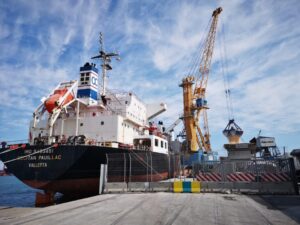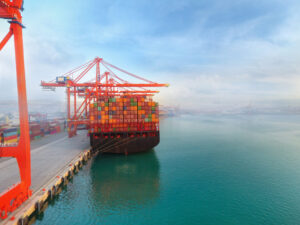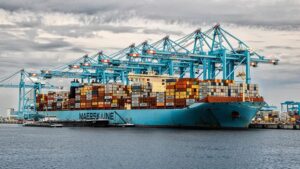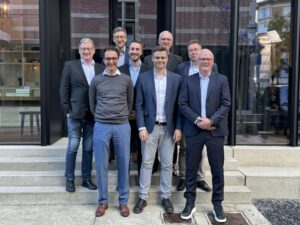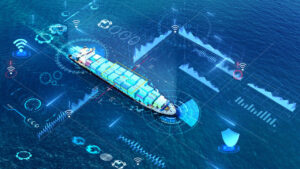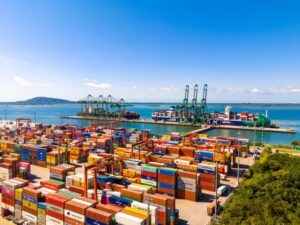PTI has continued its webinar series with a look at the concept of Port-Centric Logistics (PCL) and how it could revolutionise the way ports work as well as the wider global economy.
This webinar focused on the key drivers of PCL and what consequences this might have in a world that is demanding more quicker and cleaner logistics.
Missed the webinar? You can catch up in your own time here.
Carles Rua, Chief Innovation Officer, Port of Barcelona, and Dirk van den Bosch, Regional Commercial Director, DP World Europe and Russia, contributed to the debate.
What is Port Centric Logistics?
Put simply, largely refers to the transformation of the port into a space of supply chain innovation and collaboration.
To achieve that, it is necessary to provide an alternative to inland depots and centrally located national distribution centres. This reduces the number of handling stages throughout the supply chain.
Rua and van den Bosch both touched upon the necessity for ports to reevaluate their operations and place in the supply chain, and why it is important for all ports to understand what it can mean for them.
The key economic driver for PCL is the need for ports and port operators to drive more value, essentially generate more profit. In addition, port operations are also largely being seen as commodities and the activities within the ports are starting to change.
Declining activities, such as coal and heavy industry, are making way for logistics, port-city operations and an emphasis on the circular economy and information management.
This will mean greater space for port and operators to work in and allow for greater innovation and collaboration with cities, which will be vital in the coming years as more people live in urban areas and these become more important to the wider global economy.
This point was picked up by Van den Bosch, who outlined several drivers of PCL, such as supply chain visibility and the economy, the biggest of which was ‘societal pressures’.
Naturally, one of the biggest drivers of PCL is e-commerce and the increasing number of people buying goods online, which has meant greater need for ports to handle goods but also store them in order to take strain off the supply chain.
This combination of cities getting bigger and the need to handle more cargo will result in an emphasis on greener transportation of goods. People will still want their goods as fast as possible but it will have to be done in a cleaner way than before, with less of a dependency on roads.
This could in turn lead to greater use of automated vehicles and drones to deliver packages in the first and final mile.


